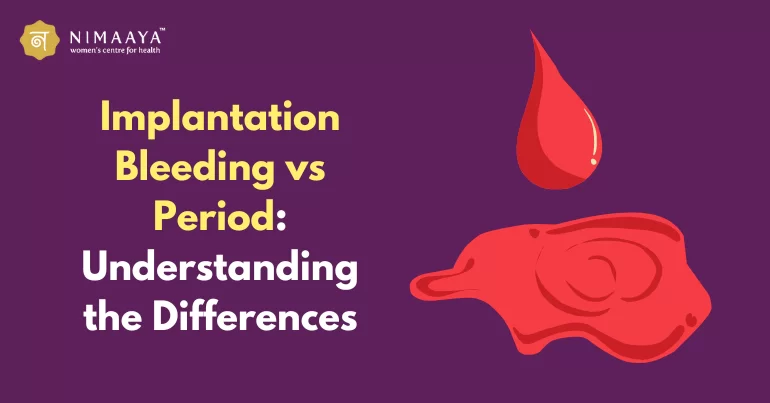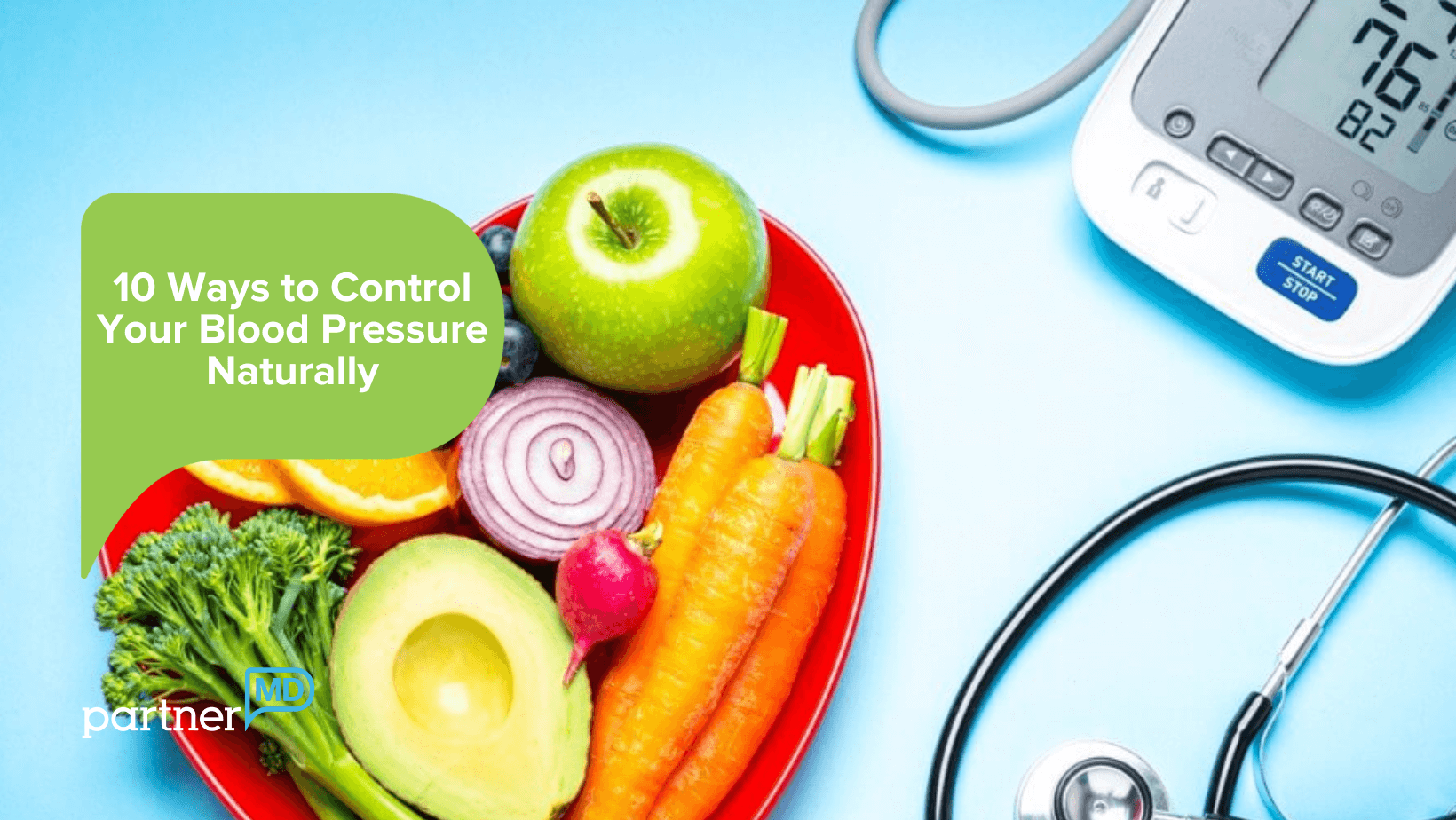
During the first week of pregnancy, many women might not experience obvious symptoms because the pregnancy is still in its early stages. However, some may start to notice early signs, although these can also be similar to those of premenstrual symptoms. Here are some possible symptoms that could appear during the first week of pregnancy:

- Implantation Bleeding or Spotting: This can happen when the fertilized egg attaches to the uterine lining, usually 6-12 days after conception. It may cause light bleeding or spotting, which can be confused with a light period.
- Fatigue: Many women feel unusually tired due to increased progesterone levels, which can make them feel more sleepy or fatigued.
- Breast Tenderness or Swelling: Hormonal changes can cause the breasts to become sore, swollen, or tender to the touch, similar to premenstrual symptoms.
- Nausea or Morning Sickness: While this is more common after the first week, some women may start feeling slightly nauseous or have mild morning sickness as early as the first week of pregnancy.
- Mood Swings: Fluctuating hormones can lead to mood swings, irritability, or heightened emotional sensitivity.
- Frequent Urination: Hormonal changes can affect kidney function, leading to an increased need to urinate, though this is more noticeable later in pregnancy.
- Food Cravings or Aversions: Some women experience cravings for certain foods or develop an aversion to foods they normally enjoy, though this is more common after a few weeks.
- Bloating and Constipation: Higher progesterone levels can slow down digestion, leading to bloating or constipation.
- Headaches: Changes in hormone levels can sometimes cause headaches or migraines in the early stages of pregnancy.
- Lightheadedness or Dizziness: Hormonal fluctuations and changes in blood circulation can make some women feel faint or dizzy.
pregnancy : It’s important to note that these symptoms can vary widely from woman to woman and are not definitive signs of pregnancy. The best way to confirm pregnancy is through a home pregnancy test or a visit to a healthcare provider.
The frequency of prenatal care visits during pregnancy can vary depending on your health, the progress of your pregnancy, and any specific risks or complications. However, there is a general schedule recommended for a healthy pregnancy:
First Trimester (Weeks 1-12)
- Initial Visit: A full prenatal checkup is recommended as soon as pregnancy is confirmed. During this visit, the healthcare provider will perform a thorough physical exam, review your medical history, provide initial lab tests (e.g., blood tests, urine tests), and may perform an ultrasound to confirm gestational age.
- Follow-Up Visits: Typically, you will have a follow-up visit around weeks 8-12 to check for things like fetal heartbeat, assess your overall health, and any early pregnancy concerns.
Second Trimester (Weeks 13-26)
- Every 4 Weeks: During the second trimester, routine prenatal visits usually occur every 4 weeks. These visits focus on:
- Monitoring the baby’s growth and development.
- Measuring your weight and blood pressure.
- Checking for any signs of gestational diabetes (typically tested around 24-28 weeks).
- Offering ultrasounds and screening for genetic conditions (e.g., the 20-week anatomy scan).
Third Trimester (Weeks 27-40)
- Every 2 Weeks (Weeks 28-36): From weeks 28-36, prenatal visits generally occur every 2 weeks. The healthcare provider will continue to monitor the baby’s growth, check for signs of preterm labor, measure your blood pressure, and address any concerns you may have.
- Weekly Visits (Weeks 36-40): After week 36, prenatal visits are typically scheduled every week. These visits will focus on:
- Checking fetal position.
- Monitoring your health and discussing labor preparation.
- Checking for any signs of complications, such as preeclampsia or other conditions.
After Week 40 (Post-Due Date)
- If you have not yet given birth, you may continue having weekly checkups. Your doctor will monitor your health and the baby’s well-being closely, and they may discuss options for inducing labor if you go past your due date.
Special Circumstances
- High-Risk Pregnancy: If you have a high-risk pregnancy (due to factors like age, medical conditions, multiple pregnancies, or complications), you may need more frequent visits.
- Complications: If any complications arise (e.g., gestational diabetes, high blood pressure, preterm labor, or fetal concerns), your doctor may increase the frequency of your appointments.
It’s always important to attend all scheduled prenatal appointments and communicate any concerns with your healthcare provider. Regular visits help ensure that both you and your baby are healthy throughout the pregnancy.



 DailyMediCure
DailyMediCure 














